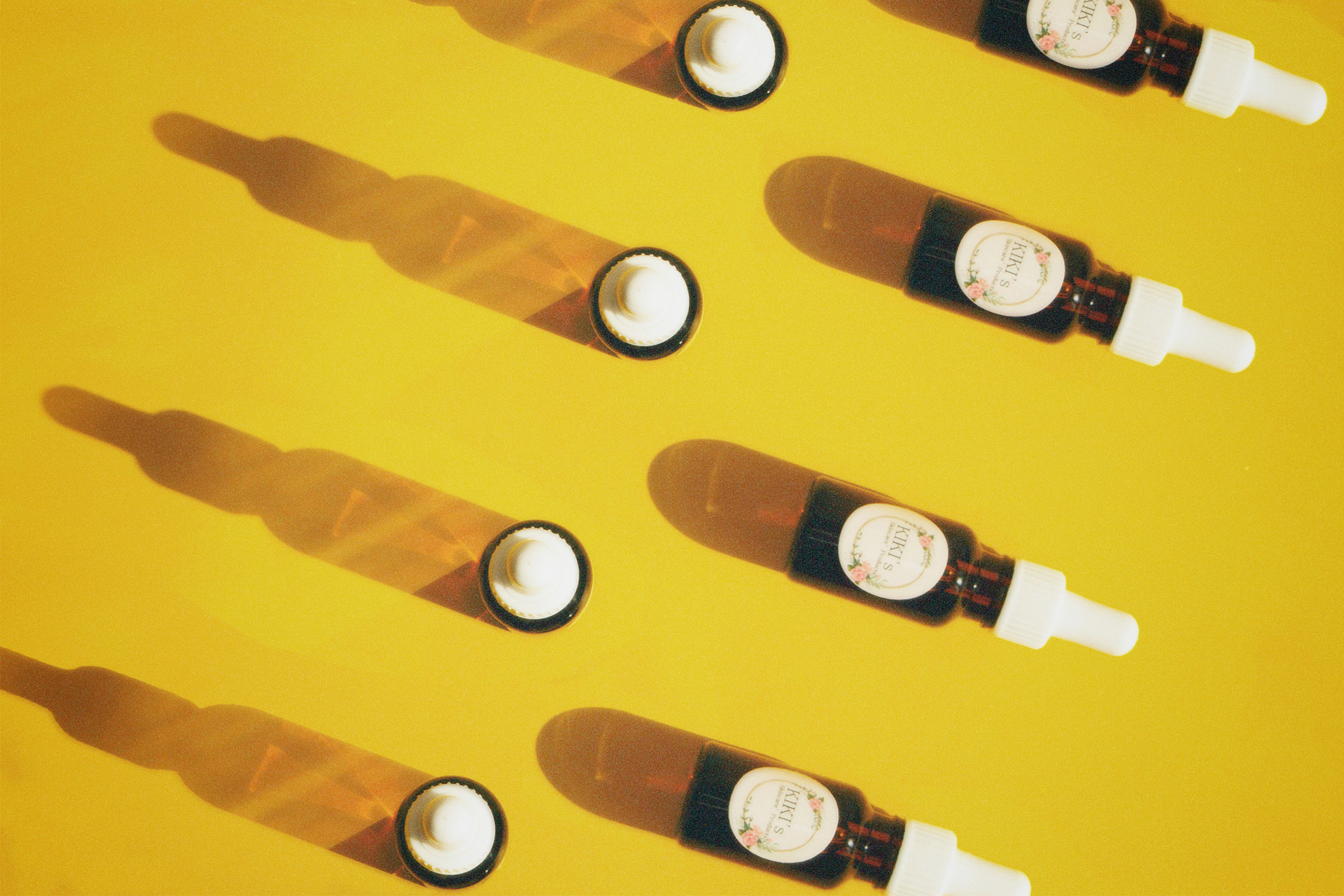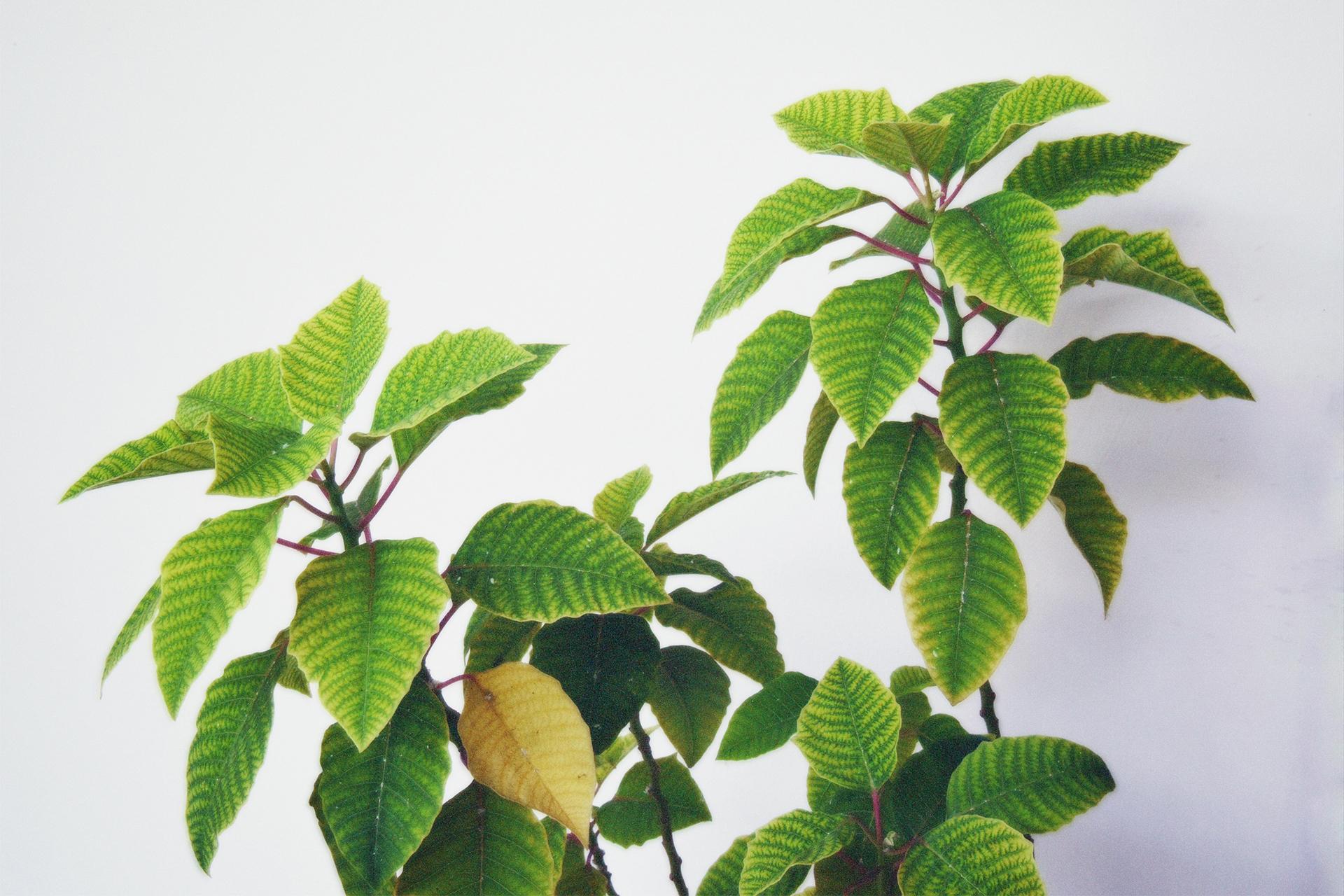Exfoliation is a crucial step in any skincare routine. It helps to remove dead skin cells, unclog pores, and promote a smoother, brighter complexion. However, knowing how often to exfoliate can be a bit tricky, as over-exfoliating can lead to irritation and damage, while under-exfoliating can leave your skin looking dull and lifeless. In this article, we will explore the various factors that determine how often you should exfoliate, the different types of exfoliation methods, and tips to incorporate exfoliation into your skincare routine effectively.
Understanding Exfoliation
What is Exfoliation?
Exfoliation is the process of removing dead skin cells from the surface of your skin. This can be done using physical methods, such as scrubs and brushes, or chemical methods, such as acids and enzymes. Exfoliation helps to improve the texture and appearance of your skin, making it look more radiant and youthful.
Benefits of Exfoliation
Regular exfoliation offers numerous benefits for your skin, including:
- Improved Skin Texture: Exfoliation helps to smooth out rough patches and uneven texture, giving your skin a softer, more refined appearance.
- Brighter Complexion: By removing the buildup of dead skin cells, exfoliation can reveal a fresher, brighter complexion.
- Unclogged Pores: Exfoliation helps to remove dirt, oil, and debris from your pores, reducing the likelihood of breakouts and blackheads.
- Enhanced Product Absorption: By clearing away dead skin cells, exfoliation allows your skincare products to penetrate deeper and work more effectively.
- Stimulated Cell Renewal: Exfoliation encourages cell turnover, promoting the growth of new, healthy skin cells.
Types of Exfoliation
Physical Exfoliation
Physical exfoliation involves using a scrub, brush, or other mechanical means to manually remove dead skin cells. This method can provide immediate results, but it can also be abrasive and cause micro-tears in the skin if not done properly.
Examples of Physical Exfoliants:
- Scrubs: Scrubs contain small particles, such as sugar, salt, or crushed nuts, that help to slough off dead skin cells when massaged onto the skin.
- Brushes and Sponges: Facial brushes and konjac sponges can be used to gently exfoliate the skin.
- Exfoliating Tools: Tools like dermaplaning razors and microdermabrasion devices offer more intensive exfoliation.
Chemical Exfoliation
Chemical exfoliation involves using acids or enzymes to dissolve the bonds between dead skin cells, allowing them to be easily removed. This method can be less abrasive than physical exfoliation and can provide more even results.
Examples of Chemical Exfoliants:
- Alpha Hydroxy Acids (AHAs): AHAs, such as glycolic acid and lactic acid, are water-soluble acids that work on the skin’s surface to exfoliate and brighten.
- Beta Hydroxy Acids (BHAs): BHAs, such as salicylic acid, are oil-soluble acids that can penetrate deeper into the pores, making them effective for oily and acne-prone skin.
- Enzymes: Enzymes, such as papain (from papaya) and bromelain (from pineapple), gently break down dead skin cells and are suitable for sensitive skin.
Factors Determining How Often You Should Exfoliate
Skin Type
Your skin type plays a significant role in determining how often you should exfoliate. Here’s a general guideline based on different skin types:
- Oily Skin: Oily skin tends to have a thicker stratum corneum (outer layer of skin) and can benefit from more frequent exfoliation. Aim to exfoliate 2-3 times a week.
- Dry Skin: Dry skin can be more delicate and prone to irritation. Exfoliate 1-2 times a week using a gentle exfoliant to avoid stripping away natural oils.
- Combination Skin: Combination skin has both oily and dry areas. Focus on exfoliating the oily areas (like the T-zone) 2-3 times a week and the drier areas 1-2 times a week.
- Sensitive Skin: Sensitive skin requires a cautious approach. Use a mild exfoliant once a week and observe how your skin reacts.
Skin Concerns
Specific skin concerns can also influence your exfoliation frequency:
- Acne-Prone Skin: Exfoliating can help keep pores clear and reduce breakouts. Use a BHA exfoliant 2-3 times a week, but be mindful of over-exfoliating, which can exacerbate acne.
- Aging Skin: Exfoliation can help with cell turnover and reduce the appearance of fine lines and wrinkles. Consider using an AHA exfoliant 2-3 times a week.
- Hyperpigmentation: Exfoliation can help to fade dark spots and even out skin tone. Use an AHA or enzyme exfoliant 2-3 times a week.
Environmental Factors
Environmental factors, such as climate and pollution, can affect how often you should exfoliate:
- Humid Climates: In humid climates, your skin may produce more oil, leading to clogged pores. Exfoliate 2-3 times a week to keep your skin clear.
- Dry Climates: In dry climates, your skin may be more prone to dryness and irritation. Exfoliate 1-2 times a week and focus on hydration.
- Polluted Environments: Pollution can lead to a buildup of impurities on the skin. Exfoliate 2-3 times a week to remove pollutants and keep your skin healthy.
Exfoliant Strength and Type
The strength and type of exfoliant you use also determine how often you should exfoliate:
- Strong Exfoliants: High-concentration acids and intense physical scrubs should be used less frequently, about once a week, to avoid over-exfoliation.
- Gentle Exfoliants: Mild acids, enzyme exfoliants, and gentle scrubs can be used more often, typically 2-3 times a week.
Age
As we age, our skin’s natural cell turnover slows down, making regular exfoliation more important:
- Younger Skin: In your 20s and 30s, exfoliating 1-2 times a week is usually sufficient.
- Mature Skin: In your 40s and beyond, consider exfoliating 2-3 times a week to help maintain cell turnover and address signs of aging.
Signs of Over-Exfoliation
Over-exfoliation can damage your skin’s barrier, leading to sensitivity, irritation, and breakouts. Here are some signs to watch out for:
- Redness and Irritation: Persistent redness and a feeling of rawness indicate that your skin is over-exfoliated.
- Dryness and Flakiness: Excessive exfoliation can strip your skin of its natural oils, leading to dryness and flakiness.
- Increased Sensitivity: If your skin becomes more sensitive to products and environmental factors, you may be over-exfoliating.
- Breakouts: Paradoxically, over-exfoliation can lead to breakouts and inflammation as the skin’s barrier is compromised.
If you experience any of these symptoms, stop exfoliating and focus on soothing and repairing your skin. Use gentle, hydrating products and give your skin time to recover.
Tips for Effective Exfoliation
Start Slow
If you’re new to exfoliation, start slowly and gradually increase the frequency as your skin adjusts. Begin with once a week and observe how your skin responds before adding more sessions.
Choose the Right Exfoliant
Select an exfoliant that suits your skin type and concerns. For example, oily and acne-prone skin may benefit from a BHA exfoliant, while dry and sensitive skin may do better with a gentle enzyme exfoliant.
Be Gentle
Avoid using too much pressure when using physical exfoliants to prevent damaging your skin. Let the product do the work, and use gentle, circular motions.
Follow with Hydration
Exfoliation can leave your skin feeling dry and exposed. Follow up with a hydrating serum and moisturizer to replenish moisture and protect your skin’s barrier.
Use Sun Protection
Exfoliation can make your skin more sensitive to the sun. Always apply a broad-spectrum sunscreen with at least SPF 30 during the day to protect your skin from UV damage.
Listen to Your Skin
Your skin’s needs can change due to various factors, such as weather, stress, and diet. Pay attention to how your skin feels and adjust your exfoliation frequency accordingly.
Incorporating Exfoliation into Your Skincare Routine
Daily Routine
- Morning:
- Cleanser: Use a gentle cleanser to start your day with a fresh face.
- Toner: Apply a hydrating toner to balance your skin’s pH.
- Serum: Use a vitamin C serum to brighten and protect against environmental damage.
- Moisturizer: Apply a lightweight moisturizer to keep your skin hydrated.
- Sunscreen: Don’t forget to protect your skin with a broad-spectrum sunscreen.
- Evening:
- Cleanser: Remove makeup and impurities with a gentle cleanser.
- Exfoliant: Use your chosen exfoliant 1-3 times a week, depending on your skin type and concerns.
- Toner: Apply a soothing toner to calm your skin.
- Treatment: Use targeted treatments, such as retinol or serums, to address specific
skin concerns.
- Moisturizer: Apply a richer moisturizer to lock in hydration overnight.
Weekly Routine
- Exfoliation: Depending on your skin type and the strength of your exfoliant, exfoliate 1-3 times a week. Follow with a hydrating mask to soothe and replenish your skin.
- Mask: Use a hydrating or purifying mask once a week to address specific skin concerns and give your skin an extra boost.
Conclusion
Exfoliation is a vital step in maintaining healthy, glowing skin, but it’s important to find the right balance to avoid over-exfoliating. Consider your skin type, concerns, and environmental factors when determining how often to exfoliate. Start slowly, choose the right exfoliant, and always follow with hydration and sun protection. By incorporating exfoliation into your skincare routine thoughtfully and consistently, you can enjoy smoother, brighter, and more radiant skin. Remember, your skin is unique, and listening to its needs will help you achieve the best results.



